Home>Garden Essentials>How To Plant Wheatgrass Seeds
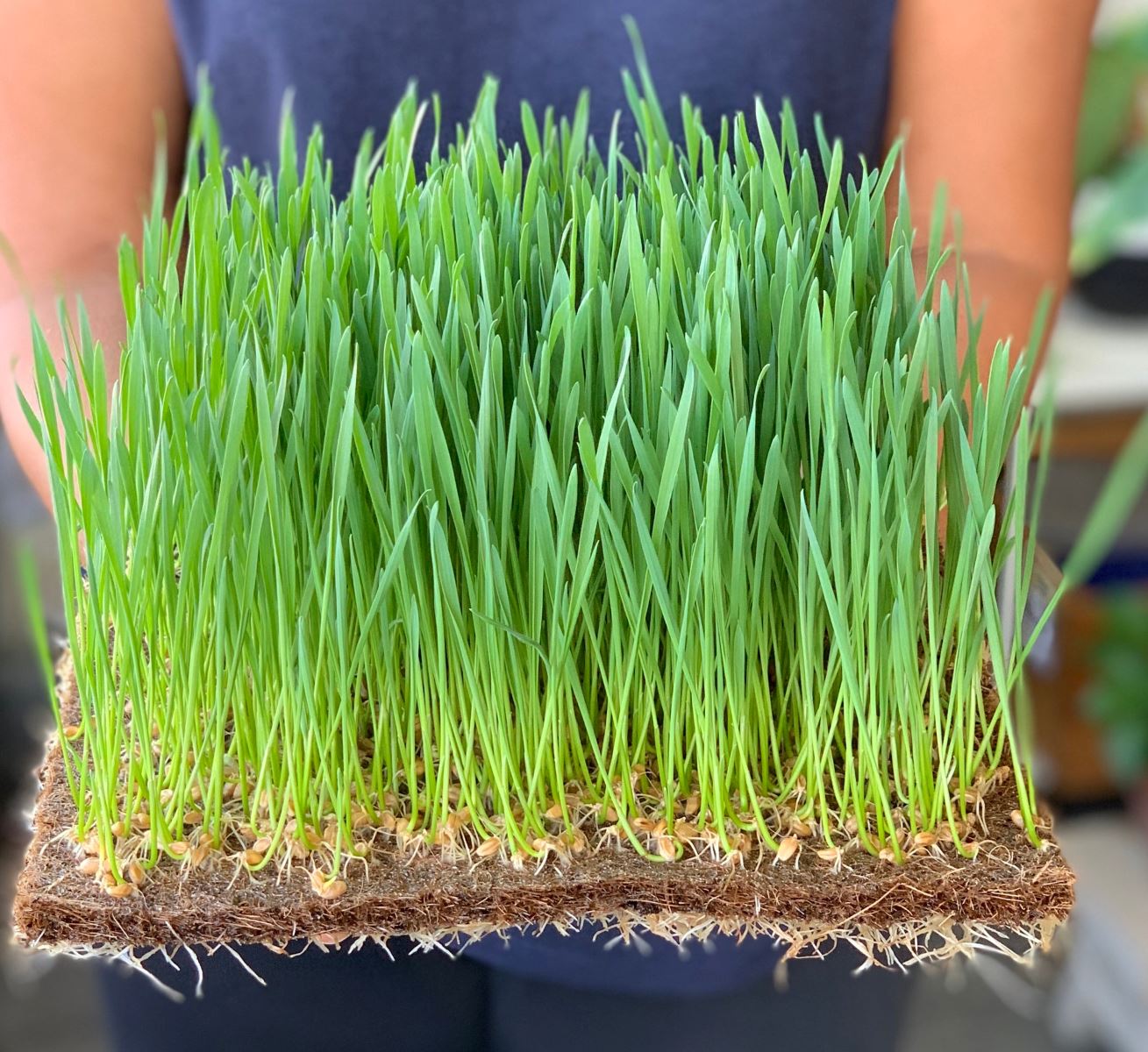

Garden Essentials
How To Plant Wheatgrass Seeds
Modified: March 27, 2024
Learn how to plant wheatgrass seeds in your garden with our step-by-step guide. Start growing healthy and nutritious wheatgrass today!
(Many of the links in this article redirect to a specific reviewed product. Your purchase of these products through affiliate links helps to generate commission for Storables.com, at no extra cost. Learn more)
Introduction
Are you looking to enhance your garden with a vibrant and nutritious addition? Look no further than planting wheatgrass seeds! Wheatgrass is a versatile and easy-to-grow plant that offers numerous health benefits. Whether you’re a seasoned gardener or a beginner, this guide will provide you with step-by-step instructions on how to plant wheatgrass seeds successfully.
Before we dive into the planting process, let’s explore why wheatgrass is worth incorporating into your garden. Wheatgrass is a young wheat plant that is harvested at an early stage, typically around 7-14 days after germination. It is packed with essential nutrients, including vitamins A, C, and E, as well as iron, calcium, and magnesium.
Studies have shown that wheatgrass has several health benefits, including boosting the immune system, detoxifying the body, improving digestion, and reducing inflammation. Additionally, wheatgrass can be used in a variety of ways, from juicing for a refreshing drink to adding it to salads or smoothies.
Now that you know why wheatgrass is a must-have addition to your garden, let’s dive into the step-by-step process of planting wheatgrass seeds. Gather your supplies and get ready to grow this nutritious and vibrant plant!
Key Takeaways:
- Grow vibrant wheatgrass in your garden for a nutrient-packed addition to your diet. Follow simple steps from soaking seeds to harvesting for a rewarding and beneficial experience.
- Enjoy the rewards of growing your own wheatgrass, from vibrant green goodness to numerous health benefits. With proper care and attention, your garden will thrive!
Read more: How To Harvest Wheatgrass Seeds
Step 1: Gather Supplies
Before you start planting wheatgrass seeds, it’s important to gather all the necessary supplies. Here are the items you’ll need:
- Wheatgrass seeds: Purchase high-quality organic wheatgrass seeds from a reputable supplier. Ensure that the seeds are fresh and have a high germination rate.
- Planting container: Choose a shallow container with drainage holes to plant your wheatgrass seeds. A standard seed tray, a shallow pot with drainage, or even a recycled plastic container can work well.
- Seed starting mix: Opt for a lightweight, well-draining soil mix or purchase a specially formulated seed starting mix from a garden center.
- Spray bottle or watering can: You’ll need a method to water your wheatgrass seeds gently. A spray bottle or a small watering can with a fine rose attachment will do the trick.
- Plastic wrap or dome: To create a humid environment for germination, you’ll need a plastic wrap or dome to cover the seeds during the initial stages.
- Water: Ensure you have access to clean, filtered water or collect rainwater for watering your wheatgrass seeds.
- Labels: It’s helpful to have labels or markers to keep track of the different varieties of wheatgrass seeds you plant.
- Optional grow lights: If you plan to grow wheatgrass indoors or in a location with insufficient natural light, consider using grow lights to provide the necessary light intensity.
Gather these supplies before you begin planting your wheatgrass seeds. Having everything ready and organized will make the process smoother and more enjoyable. Once all the items are in place, you’re ready to move on to the next step: preparing the container.
Step 2: Prepare the Container
Now that you have gathered all the necessary supplies, it’s time to prepare the container for planting your wheatgrass seeds. Follow these steps to ensure your container is ready:
- Clean the container: Start by thoroughly cleaning the planting container with warm water and mild soap. Rinse it well to remove any soap residue.
- Add drainage material: If your container doesn’t have drainage holes, create them using a drill. Alternatively, you can place a layer of small rocks or broken pottery pieces at the bottom of the container to facilitate drainage.
- Fill the container with soil mix: Fill the container with the seed starting mix or lightweight soil, leaving about an inch of space at the top. Gently tamp down the soil to ensure it’s compact but not overly compressed.
- Moisten the soil: Before planting the wheatgrass seeds, lightly water the soil in the container. Aim for a slightly damp, not soggy, consistency. This will provide the ideal environment for the seeds to germinate.
Once you have prepared the container, you can move on to the next step of soaking the wheatgrass seeds. This crucial step helps kickstart the germination process and ensures successful growth.
Step 3: Soak the Wheatgrass Seeds
Now that your container is prepared, it’s time to soak the wheatgrass seeds. This step helps to initiate the germination process and ensures that the seeds have enough moisture to sprout. Follow these simple instructions:
- Measure the seeds: Decide how much wheatgrass you want to grow and measure the appropriate amount of seeds accordingly. A general rule of thumb is to use around 1-2 tablespoons of seeds per 10×10 inch planting area.
- Rinse the seeds: Place the wheatgrass seeds in a fine-mesh sieve or a colander and rinse them under cool, running water. Gently swish the seeds around to remove any debris or impurities. Repeat the rinsing process a couple of times.
- Soak the seeds: Transfer the rinsed seeds to a bowl or a container and cover them with clean water. For every cup of wheatgrass seeds, use around 3 cups of water. Allow the seeds to soak for 8-12 hours or overnight. This soaking period helps to soften the seed coat and kickstart the germination process.
After the soaking period, the wheatgrass seeds will have absorbed water and will be ready for planting. The next step is to spread the seeds evenly onto the soil in the prepared container.
Make sure to use a good quality organic soil for planting wheatgrass seeds. Keep the soil moist but not waterlogged, and place the seeds in a warm, sunny spot to encourage germination.
Step 4: Spread the Seeds
Now that you have soaked the wheatgrass seeds, it’s time to spread them evenly on the prepared soil in the container. Follow these steps to ensure proper seed distribution:
- Drain the soaked seeds: After the soaking period, drain the excess water from the soaked wheatgrass seeds. Use a fine-mesh sieve or a colander to remove the water.
- Distribute the seeds: Sprinkle the drained wheatgrass seeds evenly across the surface of the soil in the container. Make sure to spread them out to avoid overcrowding and allow room for each seed to grow.
- Press the seeds gently: Use your hands or the back of a spoon to lightly press the seeds into the soil. This will ensure good seed-to-soil contact and help with germination.
- Mist the seeds: Use a spray bottle or a fine mist setting on your watering can to gently mist the seeds with water. Avoid using excessive force as it may displace the seeds or cause them to clump together.
Once you have spread the seeds and misted them, cover the container with plastic wrap or a dome to create a humid environment. This will promote germination and help the seeds sprout faster. Place the container in a warm location away from direct sunlight.
Now that you have successfully spread the seeds, it’s time to move on to the next step: watering and maintenance. Proper watering is crucial for the healthy growth of wheatgrass.
Read more: What Is Wheatgrass For
Step 5: Watering and Maintenance
Proper watering and maintenance are essential for the successful growth of your wheatgrass. Follow these guidelines to ensure your wheatgrass thrives:
- Moisture levels: Wheatgrass requires consistent moisture but should not be oversaturated. Check the moisture level of the soil regularly by gently poking your finger about an inch down into the soil. If it feels slightly dry, it’s time to water.
- Watering technique: Use a spray bottle or a gentle mist setting on a watering can to water the wheatgrass. Aim to keep the soil moist, but avoid making it waterlogged. The goal is to provide a humid environment for the seeds to germinate and the wheatgrass to grow.
- Frequency of watering: Depending on the temperature and humidity in your growing environment, you may need to water your wheatgrass once or twice a day. Pay attention to any signs of wilting or dryness and adjust your watering schedule accordingly.
- Drainage: It’s important to ensure that the container has proper drainage to prevent waterlogging. If you notice excessive water pooling at the bottom, adjust your watering frequency or consider adding more drainage holes to the container.
- Light exposure: Place the container in a location where it can receive indirect sunlight or bright, filtered light. Avoid placing it in direct sunlight as this can scorch the growing wheatgrass.
- Air circulation: Good air circulation is crucial for preventing diseases and ensuring healthy growth. If you notice any signs of mold or mildew, consider increasing the airflow around the container.
- Maintenance: Monitor the growth of your wheatgrass and remove any weeds or unwanted vegetation that may appear. Trim the wheatgrass with scissors when it reaches a height of around 6-8 inches to encourage new growth and maintain vitality.
By following these watering and maintenance guidelines, you will provide the ideal growing conditions for your wheatgrass. Now, let’s move on to the final step: harvesting the wheatgrass!
Step 6: Harvesting the Wheatgrass
Congratulations! You have nurtured your wheatgrass from seed to maturity, and now it’s time to enjoy the fruits of your labor. Follow these steps to harvest your wheatgrass:
- Timing: Wheatgrass is typically ready to harvest when it reaches a height of around 6-8 inches. This usually takes about 7-14 days after germination, depending on the growing conditions and variety.
- Preparation: Before cutting the wheatgrass, thoroughly rinse it under cool running water to remove any dirt or debris. Pat it dry with a clean towel or use a salad spinner to remove excess moisture.
- Trimming: Using sharp scissors or a clean sharp knife, trim the wheatgrass just above the soil line. Aim to cut it as close to the base as possible without damaging the emerging new shoots.
- Harvesting amount: Harvesting wheatgrass is an ongoing process. Depending on your needs, you can choose to harvest the entire batch or only a portion. Leave behind a few inches of growth to allow the wheatgrass to regrow for subsequent harvests.
- Utilizing harvested wheatgrass: Rinse the harvested wheatgrass once again and use it immediately for juicing, adding to salads or smoothies, or storing it in airtight containers in the refrigerator for up to a week.
Remember to fully utilize the nutritional benefits of wheatgrass by consuming it as soon as possible after harvesting. Enjoy the vibrant green goodness and savor the fresh flavors that wheatgrass brings to your culinary creations.
Now that you have successfully harvested your wheatgrass, you can either choose to start the process again by planting new seeds or take a break before embarking on your next planting journey. Happy harvesting!
With this final step, you have completed the entire process of planting and harvesting wheatgrass. Implementing these steps will increase your chances of successfully growing nutritious wheatgrass in your garden. Enjoy the process and the benefits of homegrown wheatgrass!
Conclusion
Planting and growing wheatgrass seeds can be a rewarding and beneficial experience for any gardener, whether you’re a seasoned pro or just starting out. With its abundance of nutrients and health benefits, wheatgrass adds vibrancy and nutrition to your garden and your life.
By following the step-by-step guide outlined in this article, you are well-equipped to plant, grow, and harvest wheatgrass successfully. From gathering the necessary supplies and preparing the planting container to soaking the seeds, spreading them evenly, and providing proper care through watering and maintenance, each step plays a vital role in the growth of healthy wheatgrass.
Remember to pay attention to the moisture levels, provide adequate light and airflow, and be vigilant with maintenance to ensure optimal growth. With regular care and attention, your wheatgrass will flourish, ready to be harvested when it reaches the desired height.
Whether you incorporate freshly harvested wheatgrass into your juices, salads, or smoothies or use it for its numerous health benefits, such as detoxification and immune system support, you will enjoy the rewards of your hard work and dedication.
So why wait? Start your wheatgrass garden today and experience the joy of growing your own nutritious superfood. May your garden thrive with vibrant green wheatgrass and may you enjoy the health benefits it brings!
Frequently Asked Questions about How To Plant Wheatgrass Seeds
Was this page helpful?
At Storables.com, we guarantee accurate and reliable information. Our content, validated by Expert Board Contributors, is crafted following stringent Editorial Policies. We're committed to providing you with well-researched, expert-backed insights for all your informational needs.
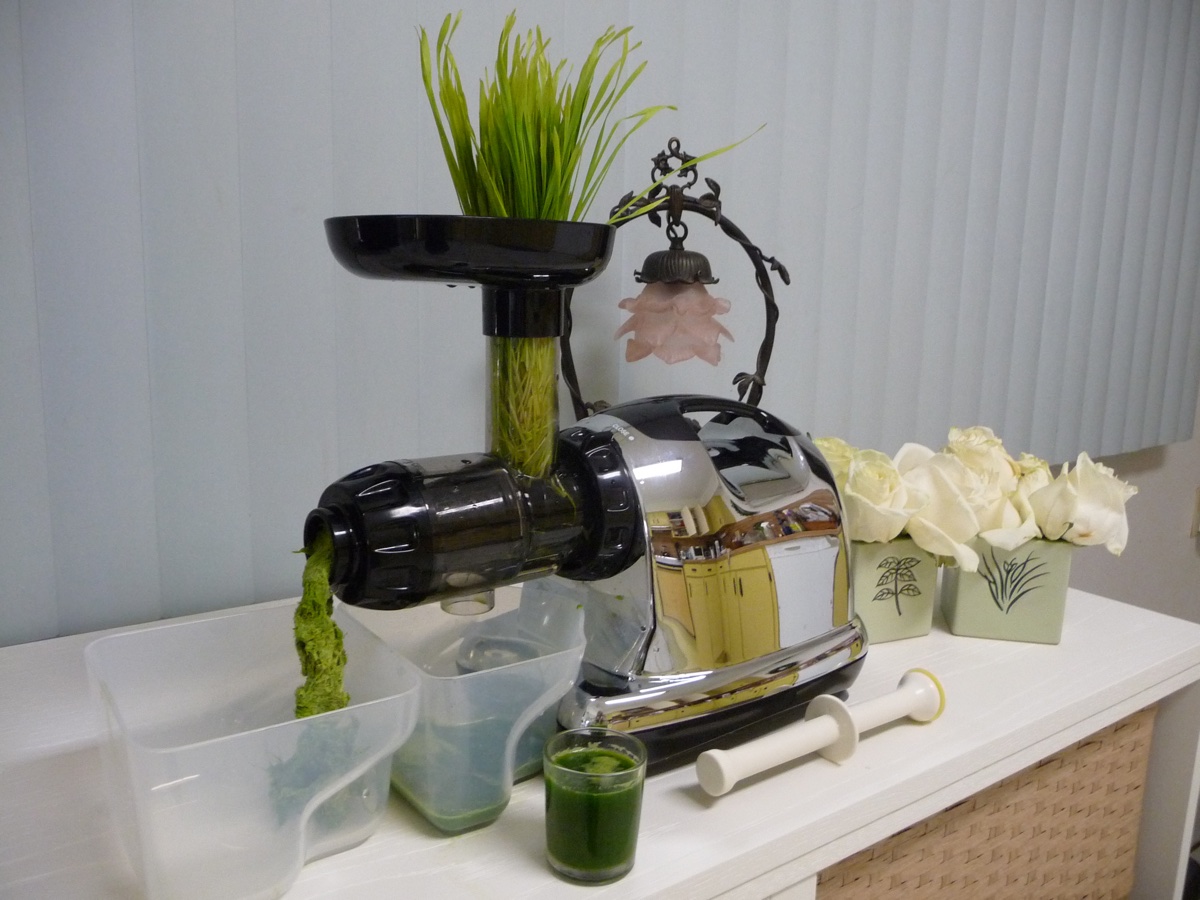


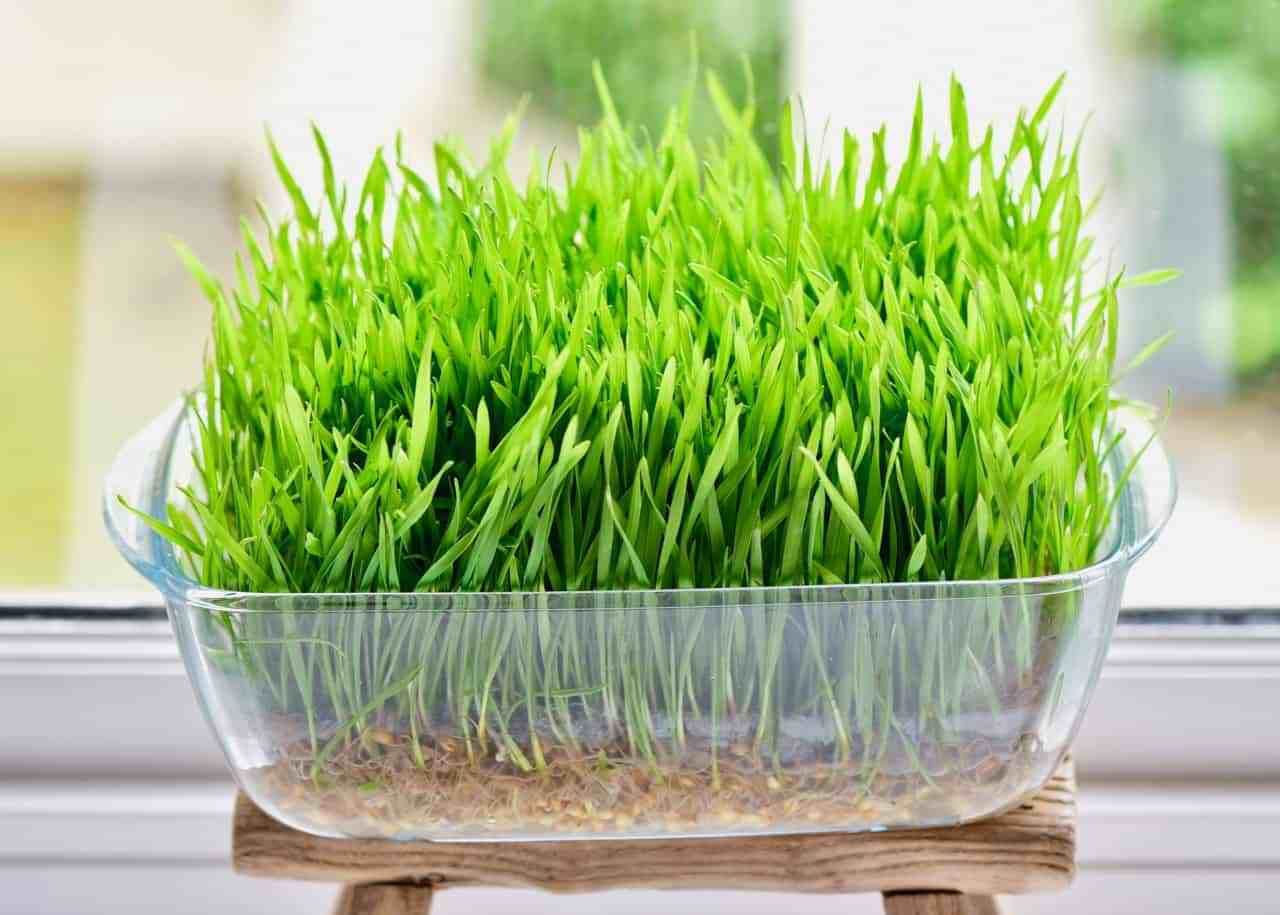
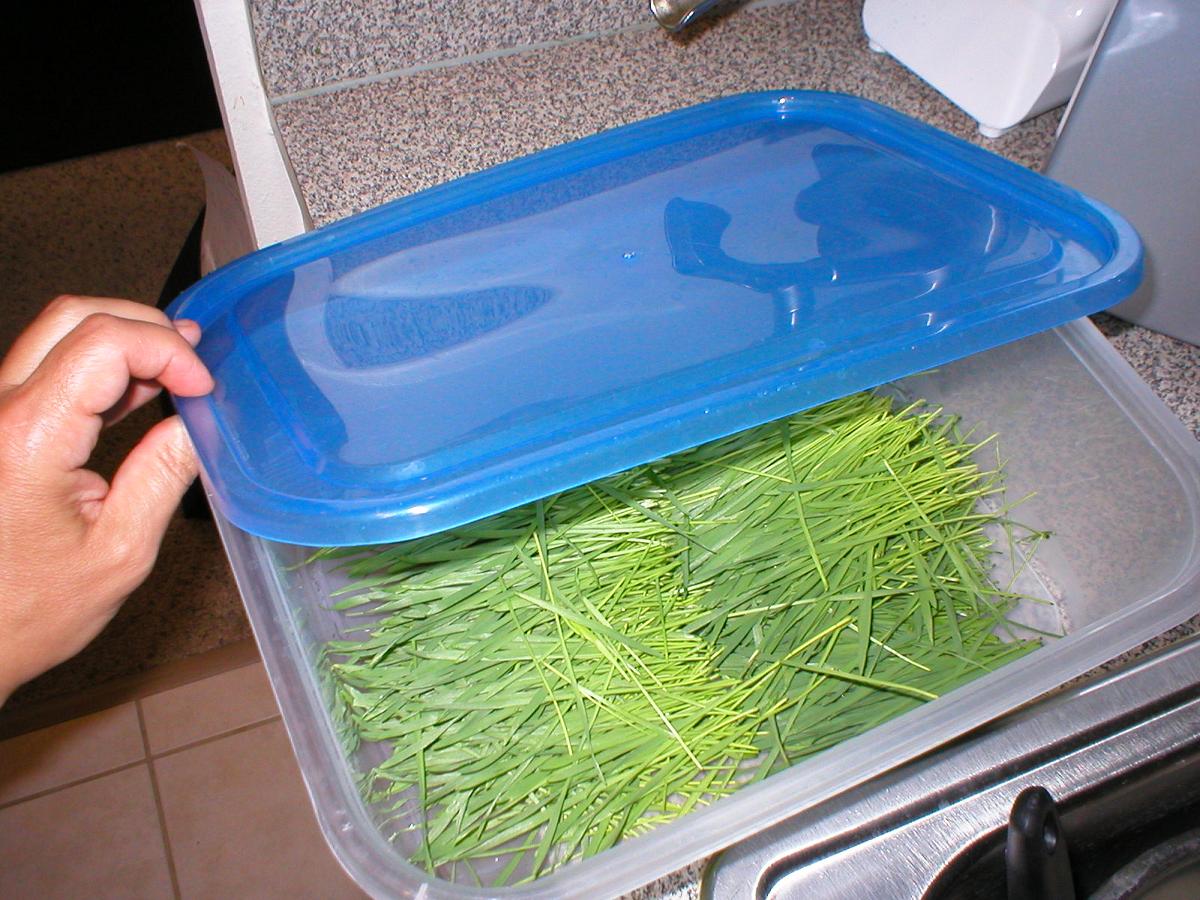
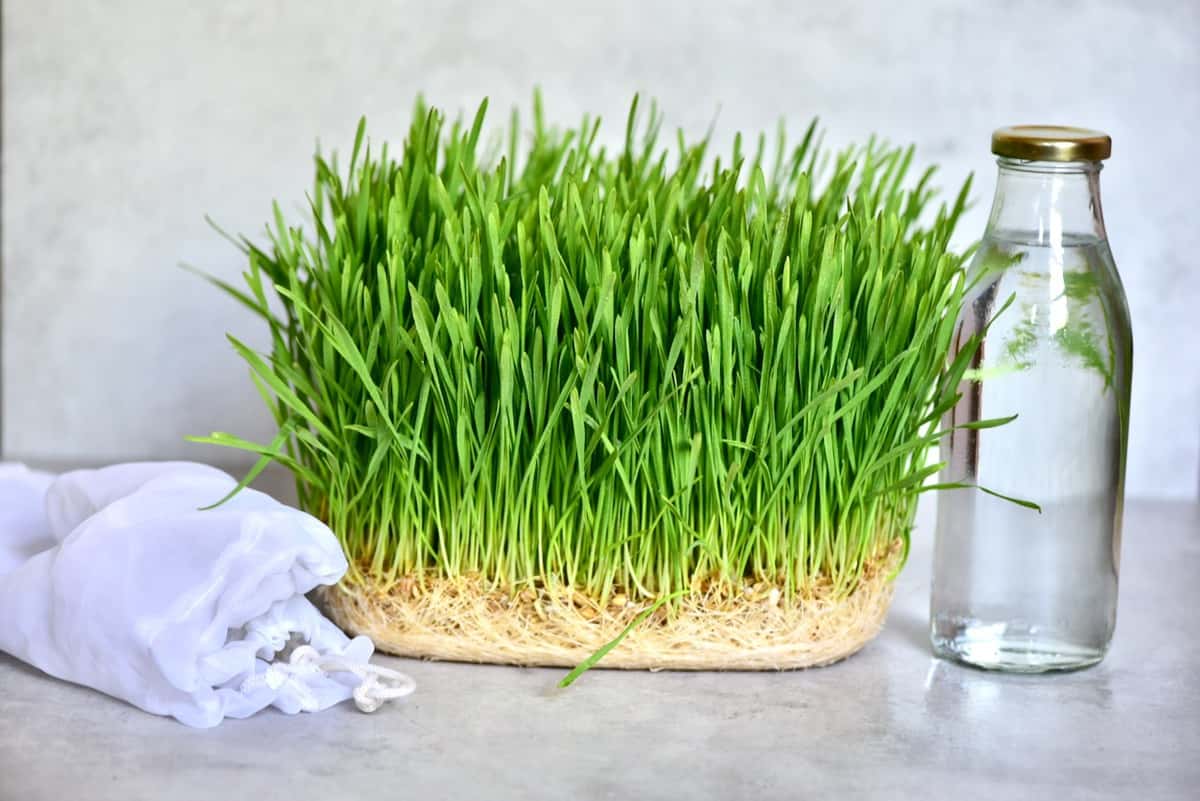
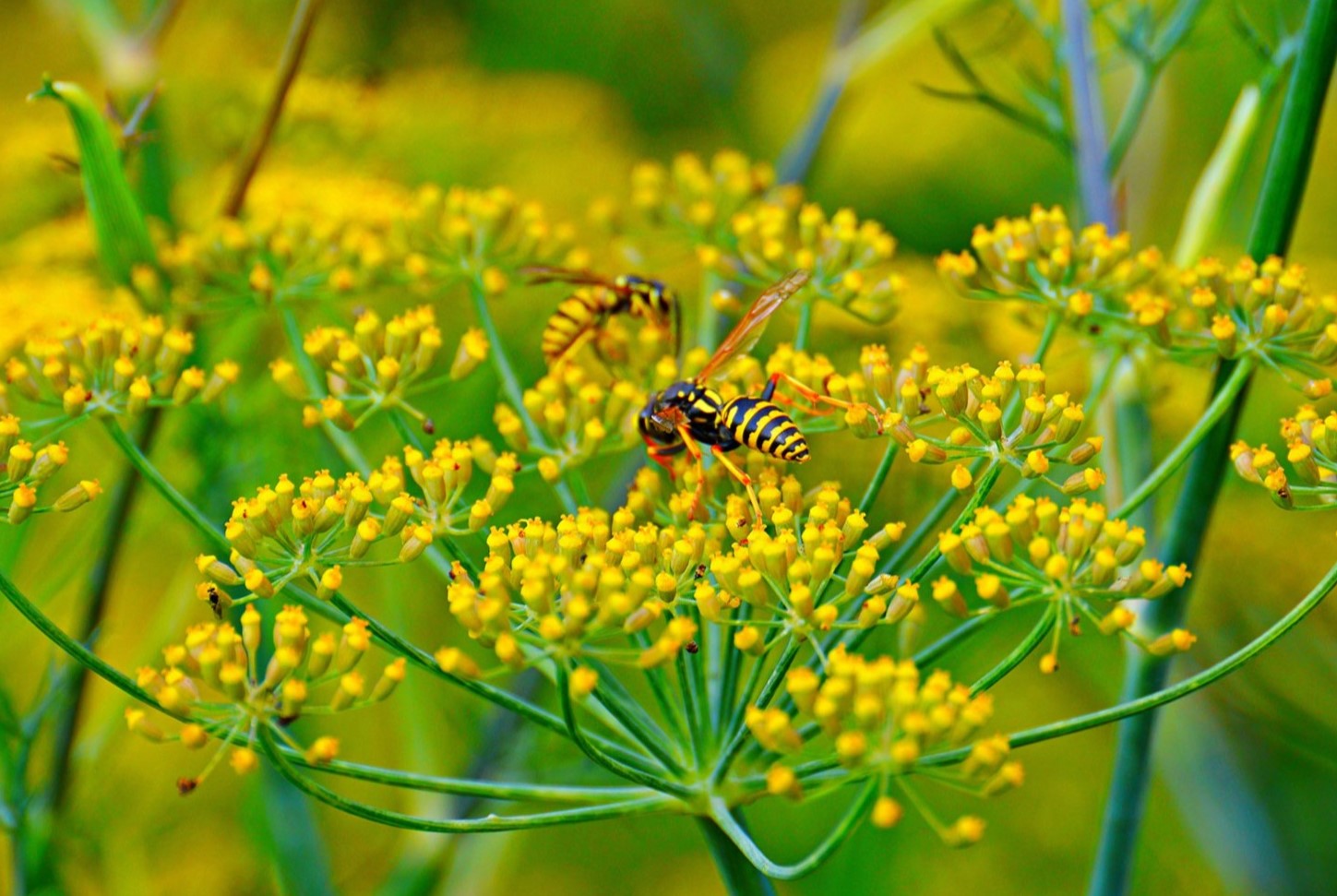

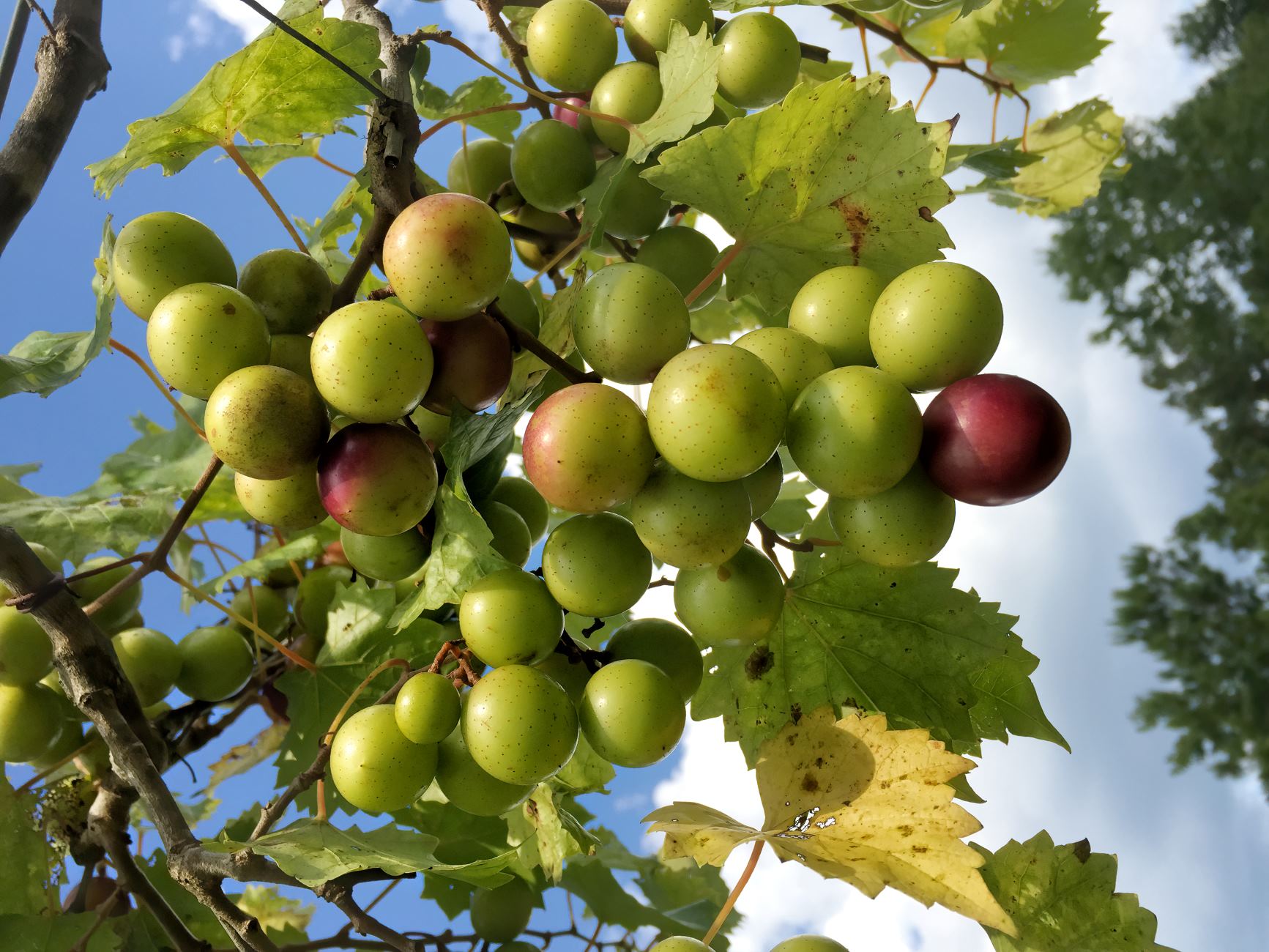
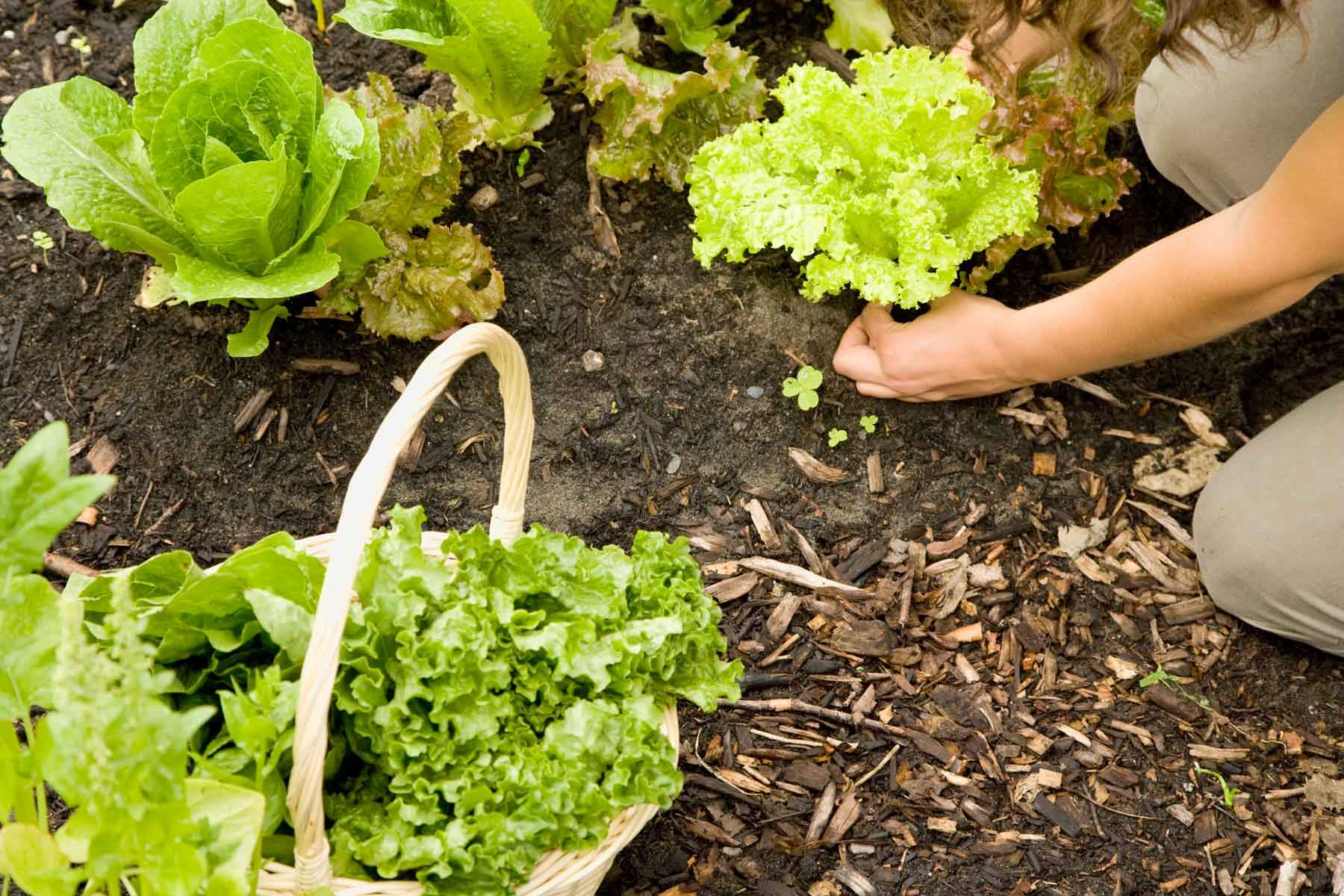
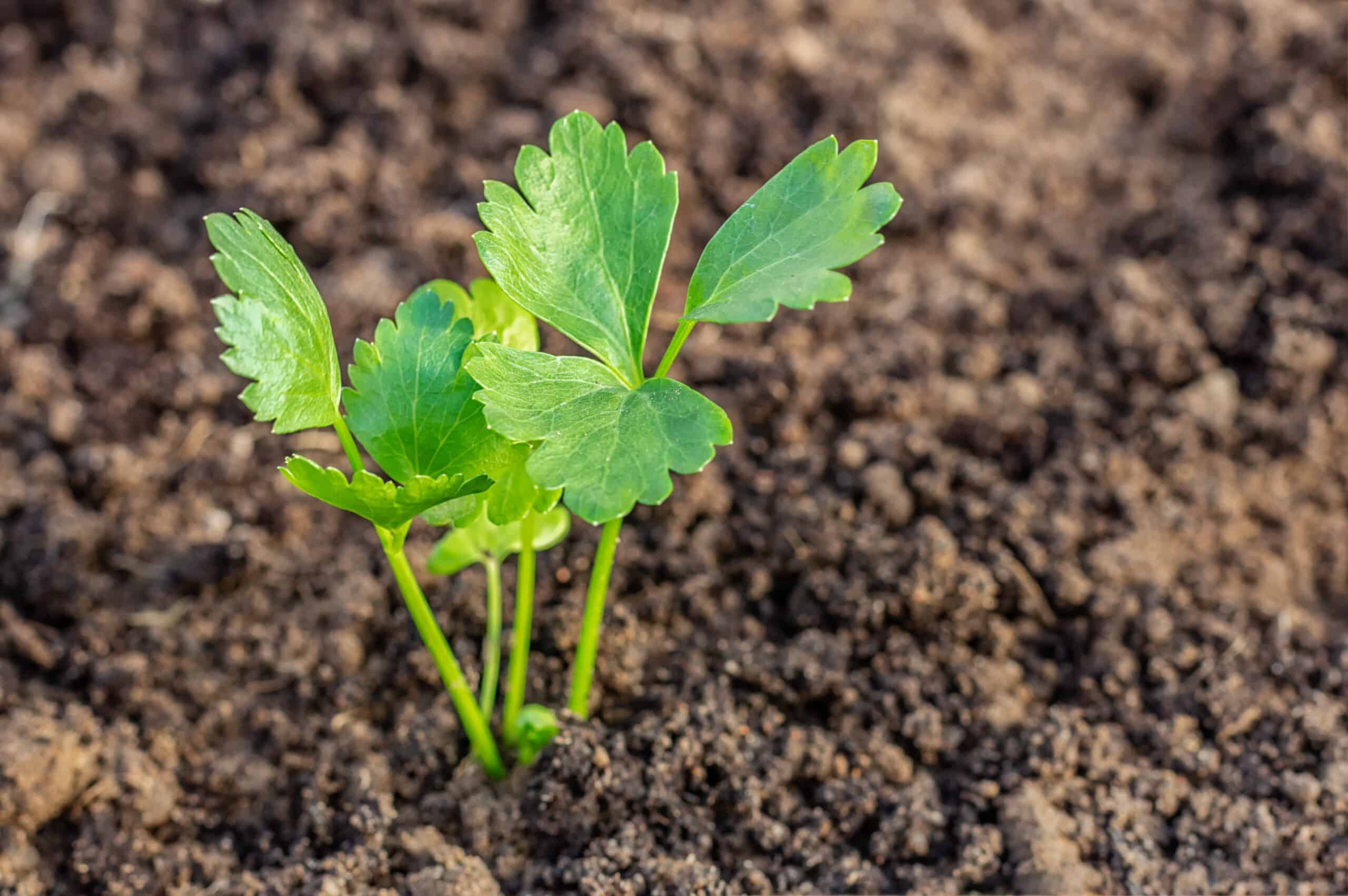
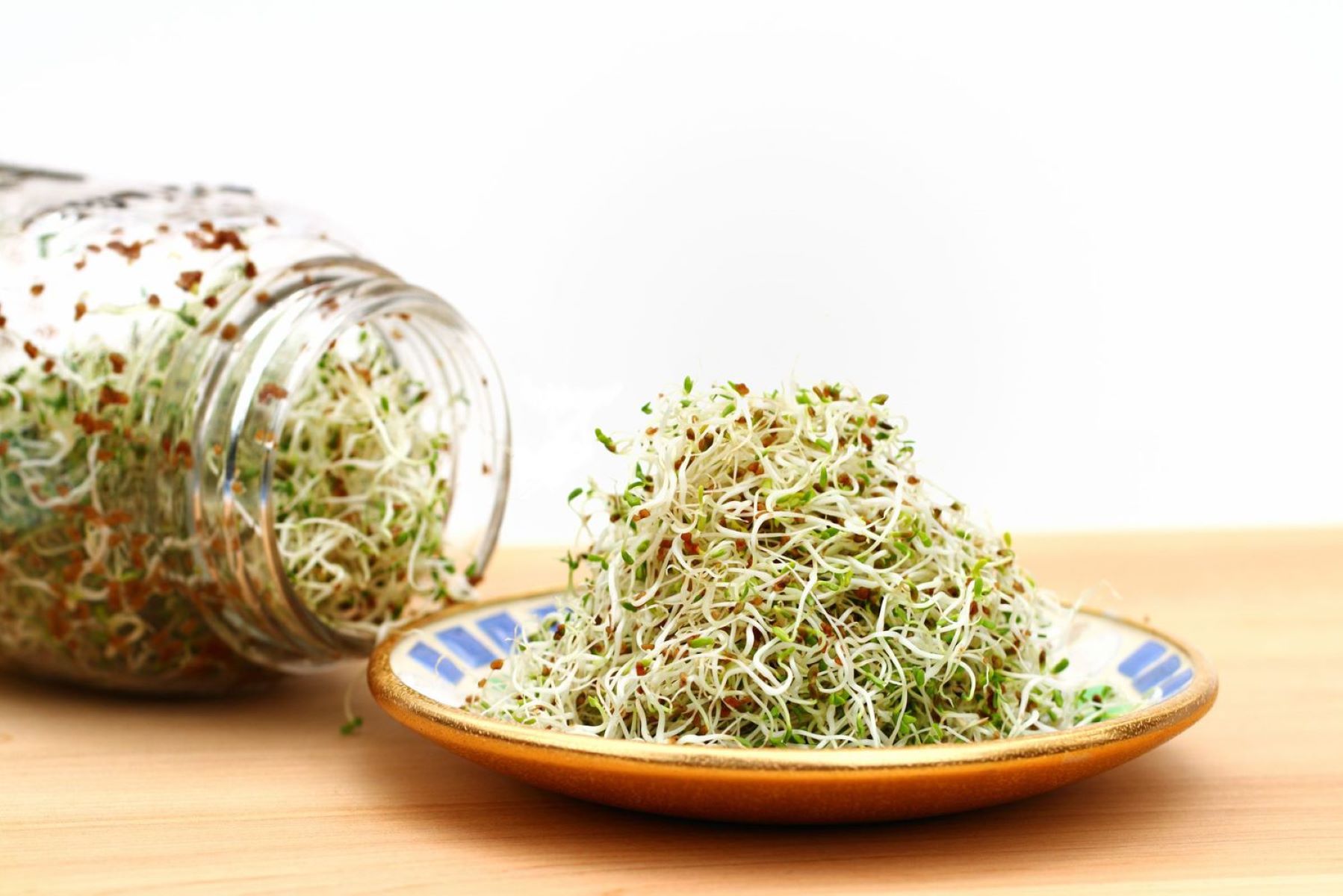
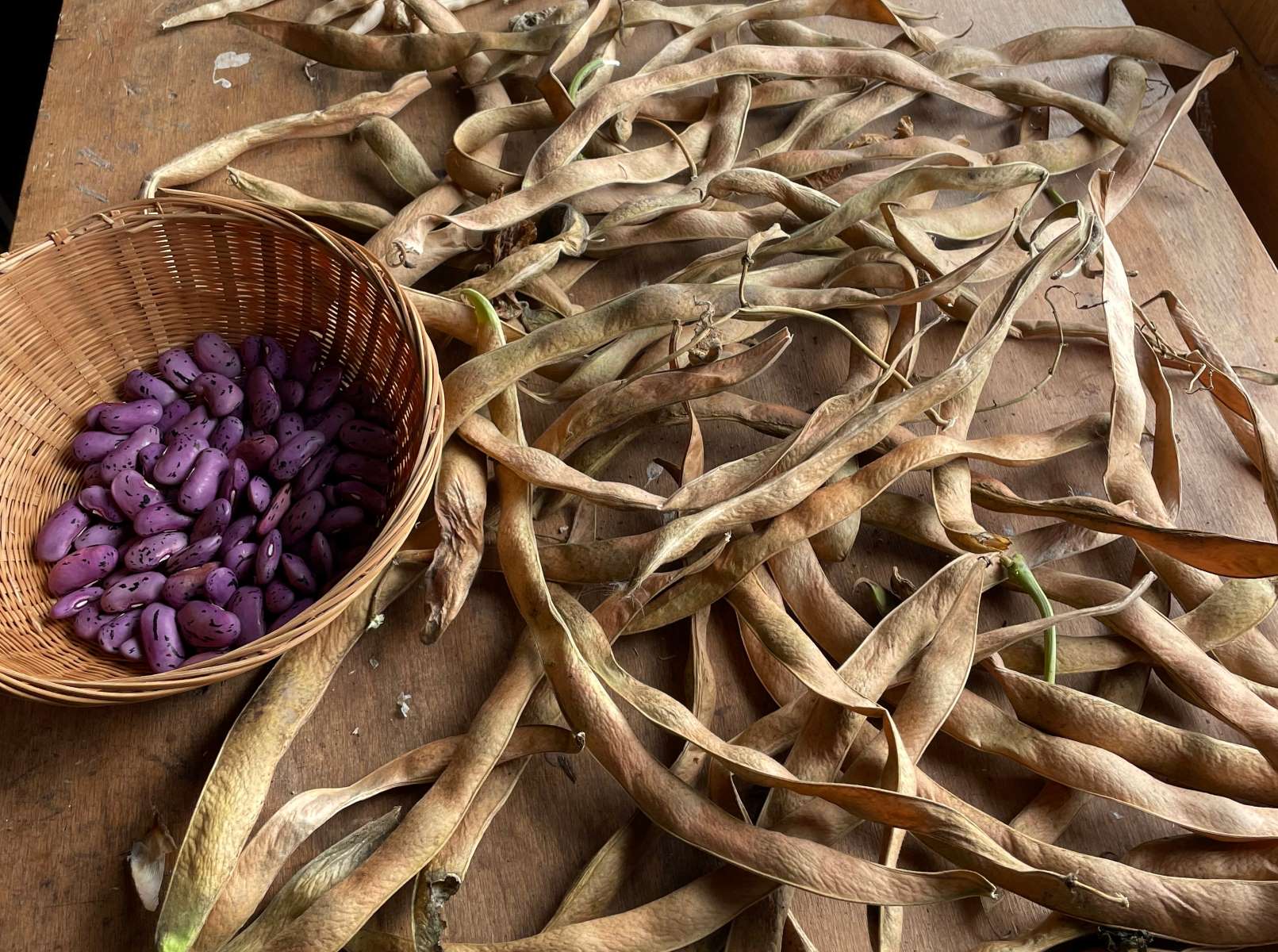
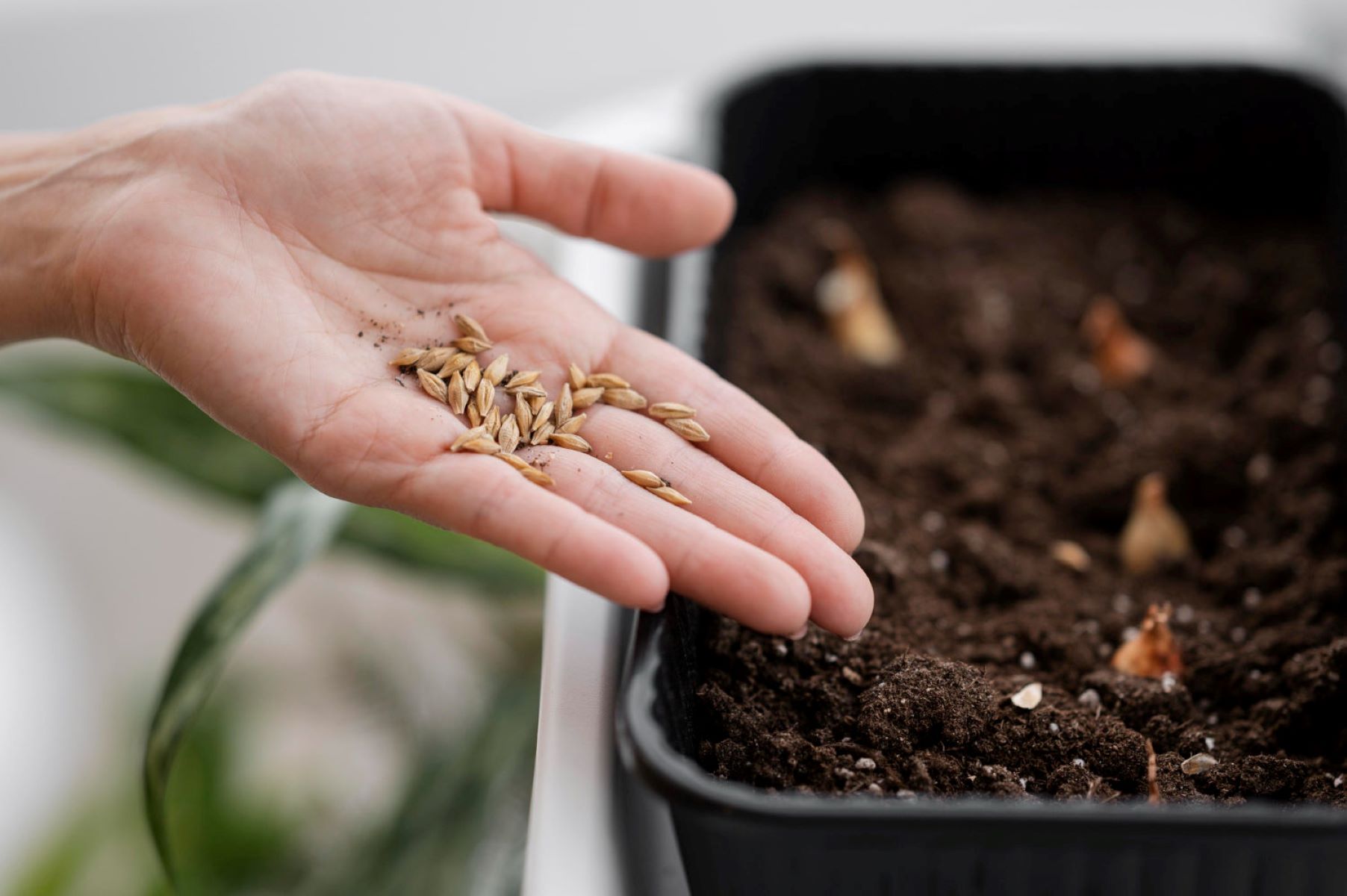

0 thoughts on “How To Plant Wheatgrass Seeds”